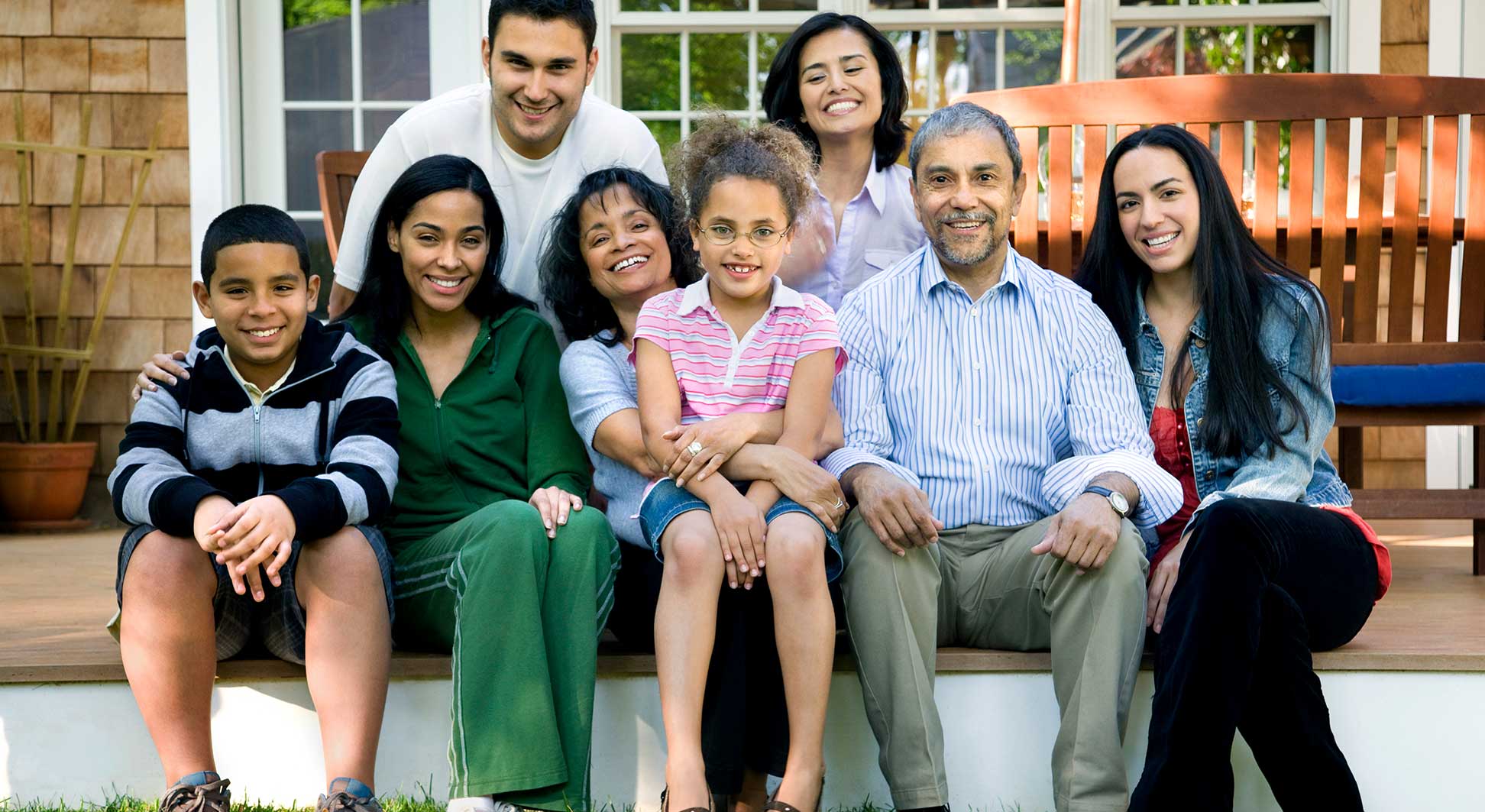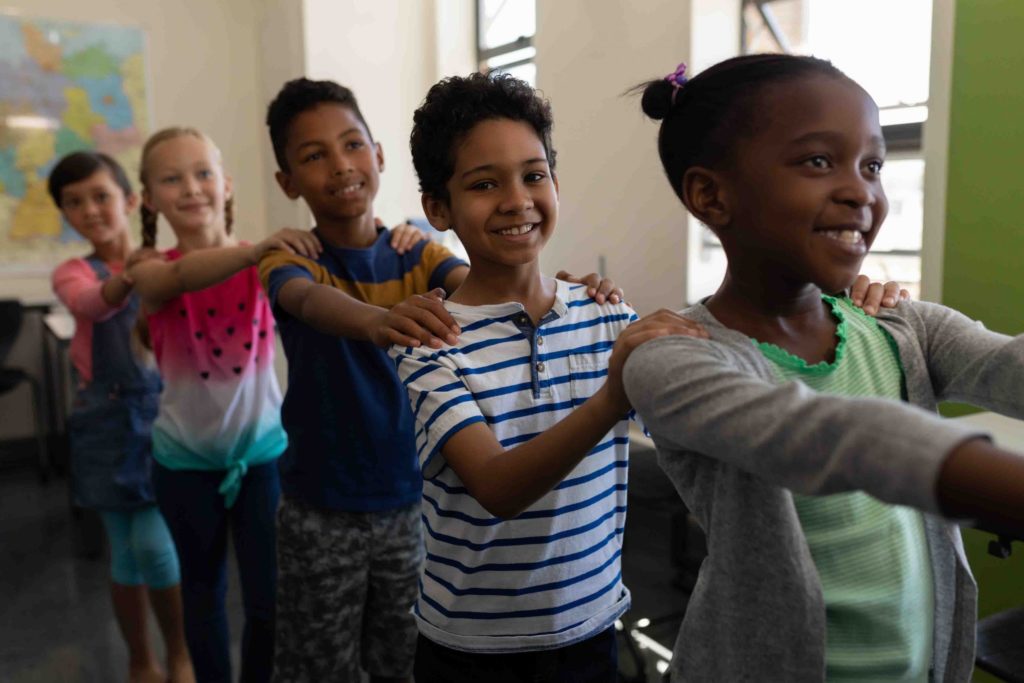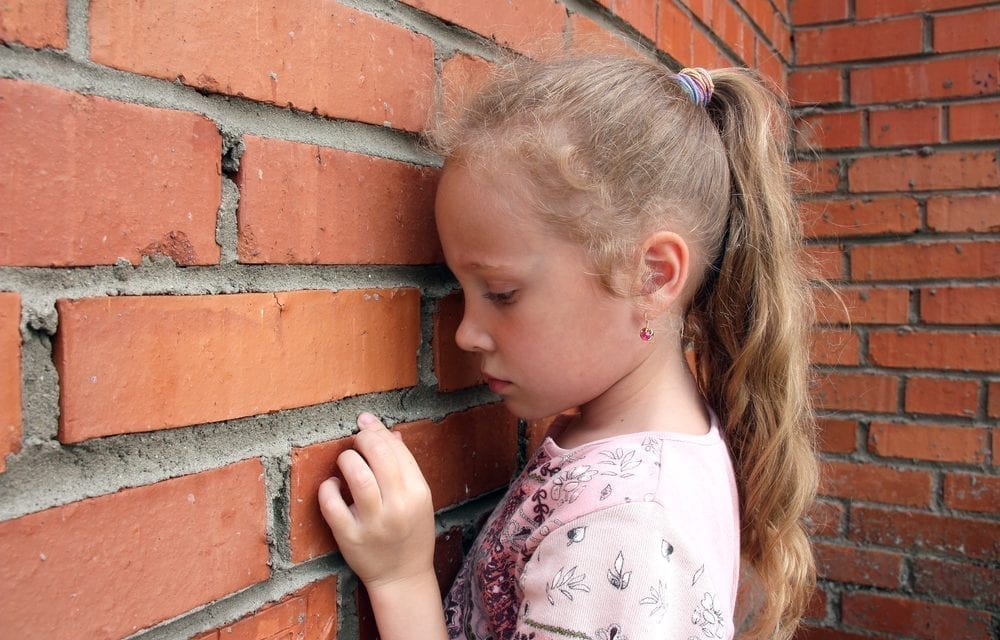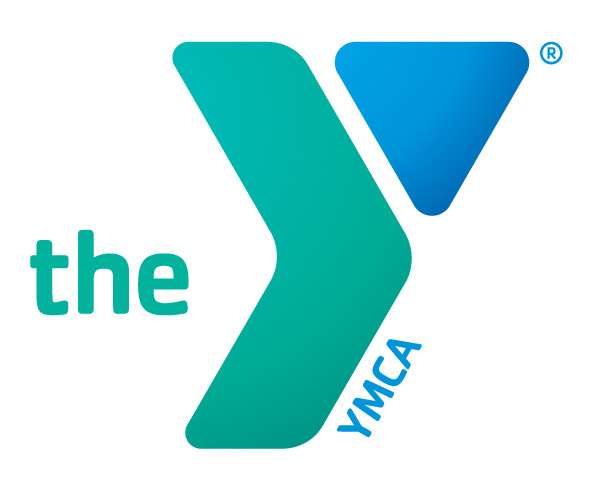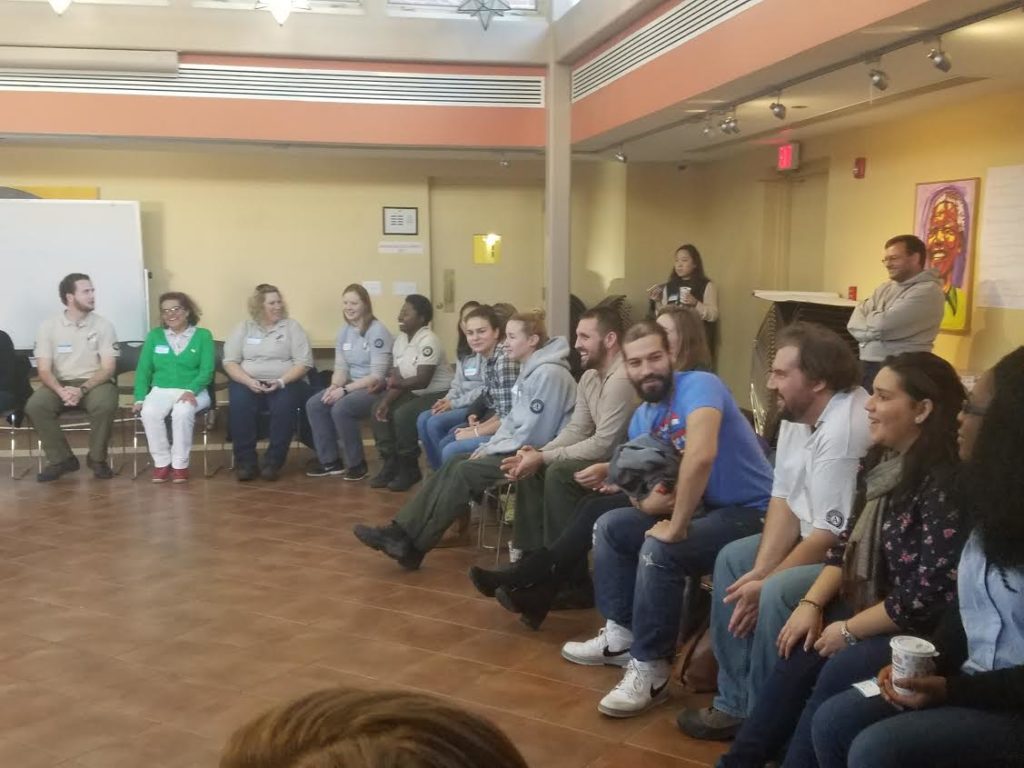More than 300 grants awarded to nonprofit and community-based organizations to support nearly 40,000 national service members
May 26, 2021 16:01 ET | Source: AmeriCorps
WASHINGTON, D.C., May 26, 2021 (GLOBE NEWSWIRE) — AmeriCorps, the federal agency for volunteering and national service, today announced more than $600 million in AmeriCorps funding, including grants and education awards, has been conferred to hundreds of nonprofit and community-based organizations across the country.
The federal investment includes $295 million in competitive awards to fund living allowances and program resources for nearly 40,000 AmeriCorps members, and provide up to $152 million in formula funding to governor-appointed state service commissions, which will make awards to support additional AmeriCorps members in those states.
“AmeriCorps is dedicated to creating a more united and equitable future for all Americans,” said Sonali Nijhawan, director of AmeriCorps State and National. “I’m proud to announce new funding that will elevate this work by AmeriCorps members across the country. I appreciate all our AmeriCorps members – past, present, and future – for their dedication. As an AmeriCorps alumna myself, I know tomorrow looks a little brighter because they pledge to “get things done for America.”
The total announced today includes up to $160 million in education awards for AmeriCorps members serving as a result of these grants. After completing a full term of service, members receive a Segal AmeriCorps Education Award of approximately $6,500 to help pay for college or pay back student loans.
This year’s grant competition, broadly focused on programs and initiatives spanning COVID-19 recovery, racial equity, conservation, public health, and education loss replacement, was highly competitive with requests for funding far exceeding funds available. Below are some examples of organizations selected for funding through this grant process, within the agency’s six key focus areas.
- Disaster Response – Nearly 150 SBP AmeriCorps members will provide disaster recovery, home rebuilding, and opportunity housing services in seven states and territories. Through an AmeriCorps investment of $4,672,498, SBP will return more disaster survivors to safe, sanitary, and secure housing.
- Economic Opportunity – 20 AmeriCorps members with the Utica Public Housing AmeriCorps program will help the long-term unemployed enter the workforce by providing job readiness training and placement services. An AmeriCorps grant of $281,740 will enable the AmeriCorps members to provide financial literacy education and help place those facing homelessness in quality, affordable housing by using an evidence-based, comprehensive case management approach to poverty reduction.
- Education – With an investment of $4,319,500, College Advising Corps will place AmeriCorps members in 265 underserved high schools in 11 states in areas that include Detroit, Chicago, Atlanta, St. Louis, Philadelphia, and Kansas City. AmeriCorps members will provide college advising to low-income, first-generation, underrepresented students, increasing the college enrollment rates at the schools the serve.
- Environmental Stewardship – Green Iowa AmeriCorps mobilizes AmeriCorps members to engage communities in environmental stewardship, neighborhood revitalization, and boots-on-the-ground resources for energy efficiency services. Their grant of $1,134,069 will support 114 AmeriCorps members to empower Iowa’s communities and school districts to make environmental, conservation-minded decisions and improvements.
- Healthy Futures – Boston Health Care for the Homeless will receive a grant of $211,900 to support 13 AmeriCorps members who will provide care coordination and health education services to people experiencing homelessness in the greater Boston area. Their service will provide homeless individuals and families with improved access to health care, connects to health-supporting resources and social services, health education, and education to prevent overdoses and support substance misuse disorders.
- Veterans and Military Families – Sponsored by the Washington State Department of Veterans Affairs, the Washington Vet Corps will place 50 AmeriCorps members to serve as culturally-competent peer mentors at veteran-focused organizations throughout the state. Through their service, supported by an AmeriCorps grant of $636,600, they will provide direct services to hundreds of individual veterans and their family members and deliver training to community members, while recruiting additional volunteers to increase veterans utilization of veteran services and decrease suicide among Washington state veterans.
A complete list of this year’s competitive awards can be found online.
Today’s announcement builds on AmeriCorps’ continued investments in the nation’s COVID-19 recovery. With existing programs in more than 40,000 locations across the country, AmeriCorps is uniquely positioned to bolster community response efforts. For the past year, thousands of AmeriCorps members across all 50 states and U.S. territories have continued their service, quickly adapting to meet the changing needs caused by the pandemic and have provided vital support, community response, and recovery efforts, providing support to more than 11 million Americans, including 2.3 million people at vaccination sites.
This funding is in addition to the $1 billion for AmeriCorps in the recently passed American Rescue Plan. The agency will use this investment to expand national service programs and increase the opportunity for all Americans to serve their country.
A growing body of research shows that service has an effect on more than just the communities served, but also on the members themselves. AmeriCorps alumni credit their year of service for developing leadership skills that bridges divides, solves problems, and opens doors to opportunities that advance their careers and education. In addition, research shows that alumni gain skills and are exposed to experiences that communities and employers find valuable.
This class of AmeriCorps members will prepare students for college, revitalize cities, connect veterans to jobs, fight the opioid epidemic, rebuild communities following disasters, preserve public lands, strengthen education, foster economic opportunity, and more. They will join the more than 1.1 million AmeriCorps members who have served since the program’s inception in 1994, earning nearly $4 billion in education awards.
###
AmeriCorps, the federal agency for national service and volunteering, brings people together to tackle the country’s most pressing challenges. AmeriCorps members and AmeriCorps Seniors volunteers serve with organizations dedicated to the improvement of communities. AmeriCorps helps make service to others a cornerstone of our national culture. Learn more at AmeriCorps.gov.
Related Links
- LIST | 2021 AmeriCorps State & National Grants
- AmeriCorps Responds to COVID-19
- White House Announces $400 Million for Public Health AmeriCorps
- American Rescue Plan
- VIDEO | AmeriCorps: What’s at Your Core?






